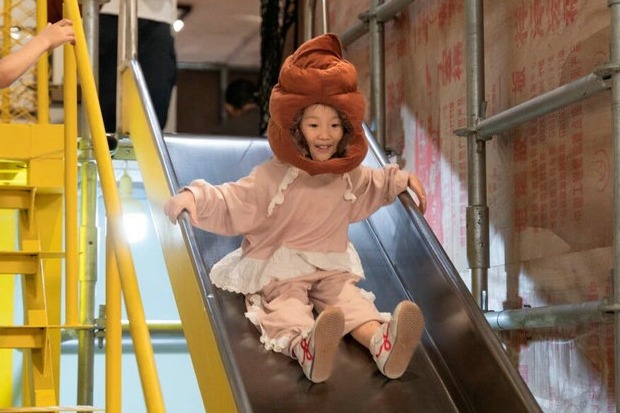Learning to integrate


With the rise of confirmed cases, in mid-March, Mei started to consider whether she should keep her 8-year-old son, Kimi, out of school to reduce the risk of infection.
"It was the morning of March 22. I happened to be discussing it with my husband over breakfast, eventually deciding that, if our city discovered its first COVID-19 case, we would stop sending Kimi to school," recalls Mei. A few hours later, a message popped up in her neighborhood WeChat group, which said that Tauranga had reported its first confirmed case, that of a local man in his 30s recently returned from the United States. So, the family quickly transitioned to a new way of life. Mei made a self-quarantine routine for her son, with a big part of the schedule benefiting from the huge e-learning market in China.
"Our school has assigned homework on Seesaw (a student-driven digital portfolio). We have access to home-learning programs aired on TVNZ. I select proper content, around one hour every day, for Kimi," says Mei.
New Zealand's Ministry of Education has partnered with TVNZ, the state-owned television network, to air educational programs hosted by local celebrities from April 15, comprising a total of six hours of content for children of different ages every weekday, about two hours for each age group.
Despite Mei being satisfied with the home learning arrangements made by Tauriko School, where her son attends fifth grade, she wanted to find more educational material to guarantee that Kimi didn't get bored during the rest of the day.



































